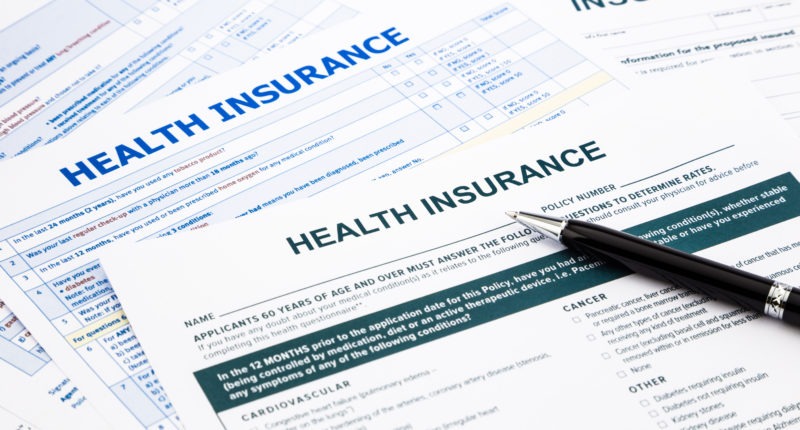It is essential to consider the following five factors for insurance planning:
- In the eventuality of losing your life so that close family members can stay comfortable in your absence
- In the case of losing earning capacity or in case an individual is incapable of longer work, they still can sustain a comfortable life
- Medical or health insurance to cover costs of any sudden emergency operations or surgeries and other unforeseen medical-related issues
- Protection of money-making assets and property
- Protection from travel-related accidents, including motor vehicle accidents
Typically, these are also the reasons for opting for an insurance policy at an individual level.
Life and Disability (Personal Accident) Insurance
The first two points above highlight the type of insurance that every individual must consider going in for. In case an individual does not have any dependents as well as is young, personal accident insurance may be all that is needed to opt for.
However, those with family responsibilities should definitely opt for a life insurance policy, irrespective of age. Also, among life insurance products, there are two types of insurance plans: Term-life and Endowment.
Depending on these, various hybrid mixed insurance plans are available in the market. However, these plans are essentially off-shoots of these two insurance plans.
Term-life insurance: This is a 100% risk cover in which it pays a benefit only in the eventuality of the death of the insured individual. Considering the saving element is absent in the case of term-life insurance, and it only covers the event of death, the premium payment tends to be relatively low. Also, in the case of pure term-life insurance, no cash value is left after the insurance timeframe is over.
Insurance companies tend to introduce new and innovative products to attract customers. For instance, by charging slightly higher premium amounts, insurance companies or insurers often add a saving component to the term-life policy, such as the return of all premiums paid upon expiry of the policy. Typically, life insurance policies with a saving feature are referred to as endowment life insurance policies.
Endowment: These policies tend to have a saving component to them. At the time of maturity, there is a survival benefit to be paid to the individual. The sum assured would naturally be lower than in the case of pure term-life insurance, or the premiums tend to be on the higher side.
Mediclaim Insurance
The key difference between life insurance and non-life insurance products is that premiums and coverage, in this case, are based on risk assessment with respect to the age of an individual, medical history of disease, and current condition of health, among others.
Most importantly, before opting for any health or term-life insurance policies, remain well-versed with the terminologies and opt for one only after understanding all the policy-related terms and conditions.

Rajiv is an independent editorial consultant for the last decade. Prior to this, he worked as a full-time journalist associated with various prominent print media houses. In his spare time, he loves to paint on canvas.





